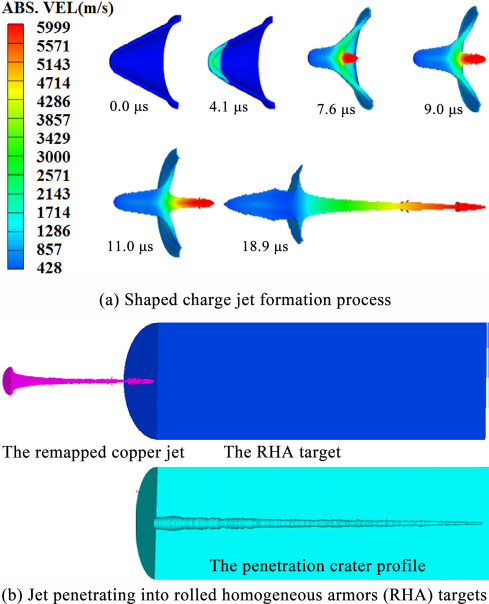

Regardless of the side, if the convicts have proper training, supplies and aren’t used as pure cannon fodder I don’t have any issues with it personally.
Honestly, I am surprised that Ukraine wasn’t doing it sooner. Unfortunately, the front has been somewhat slow for the last year or so (with an exception or two) and that means both sides are dug in fairly deep.
If Ukraine decides to push back harder and start retaking large portions of land, their losses are going to skyrocket. Regardless is you agree or not, using convicts to push the lines makes sense and doesn’t risk better trained troops.
That is just how wars of this type work and the offensive side will need to absorb more damage.
Personally, if I had the option of fighting or rotting in prison, I would fight and would probably volunteer for some of the hardest work. The thing is, it would need to be my choice and I hope that any convicts, Russian or Ukrainian, get a choice in that.







I feel better knowing that Chinese military partners get to feel the joy as well. (Curbs can be a bitch sometimes…)